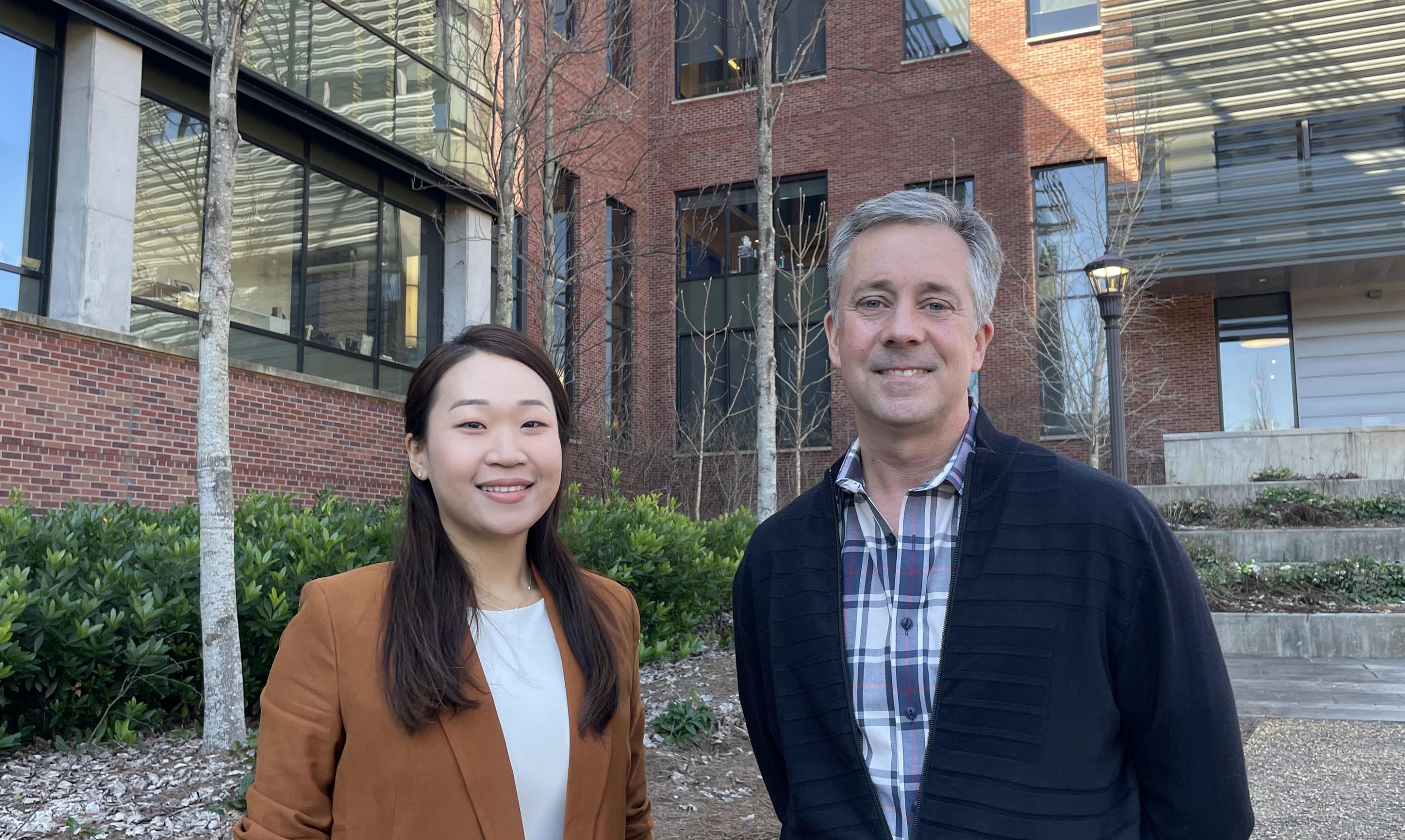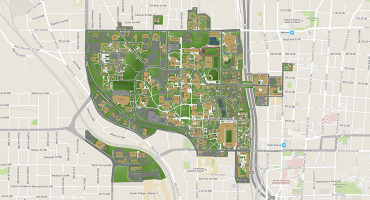Thanks to better diagnostics, therapeutics, and care, the overall cancer mortality rate has plummeted in the past 20 years. But cancer survival disparities stubbornly persist along racial and ethnic lines, demanding a firmer grasp of the underlying mechanisms at play, which would ideally result in better outcomes for populations disproportionately burdened by the disease.
A group of researchers at the Georgia Institute of Technology is tackling this complex, multi-layered problem, and they describe their latest work in a recent edition of the journal Cancer Research. Their results blur the line between nature and nurture, providing a potential link between the genetic and environmental contributions to cancer health disparities.
“When you think about race and ethnicity, those are socially ascribed categories, based on cultural expectations and norms” said King Jordan, professor in the School of Biological Sciences and principal investigator of the study. The lead author was Kara Keun Lee, a graduate student advised by both Jordan and cancer researcher John McDonald, professor in the School of Biological Sciences and a co-author of the study.
So while they approached the work with the understanding that race and ethnicity are not genetic or biological categories, Jordan said the researchers also are aware that health outcomes are a combination of the genetic and biological, with the social and environmental. “And we’re very interested in that interplay,” Jordan said. “But this particular study is focused on the idea of using genetic ancestry as a means to drill down to the underlying molecular biology – the mechanisms that contribute to these survival disparities.”
Genetic ancestry, a characteristic of the genome, refers to genomic similarities based on shared ancestors, which can be defined objectively and with precision, “independent of the social dimensions of race and ethnicity,” Jordan added.
And it turns out, the mechanisms behind cancer survival disparities have plenty to do with the environmental impacts on gene expression, and not on ancestry-related differences.
The research was a collaboration of the Jordan and McDonald labs at Georgia Tech, blending the two labs’ experience in multi-omics biological analysis with Lee’s biostatistics skills, together with Dr. Leonardo Mariño-Ramírez, head of Genomic and Epidemiology Sciences at the NIH’s National Institute on Minority Health and Health Disparities, which helped fund the study.
Key Ingredient
The key to analyzing all of the multi-omics and cancer survival data was Lee. Though she’s pursuing her Ph.D. in the Georgia Tech Bioinformatics Graduate Program, Lee’s background as both a researcher at the Centers for Disease Control and Prevention and an Emory University student, is in biostatistics.
While bioinformatics is generally concerned more with collecting and analyzing complex biological and genomics data, biostatistics is focused on broad, bigger-picture biological data to address public health issues. So, for example, when you read that cancer mortality rates have decreased 27%, that’s the work of a biostatistician.
“We would not have been able to do this study without Kara’s expertise in biostatistics,” Jordan said. “She brings experience as a statistical epidemiologist in health outcomes to our team. One of the really exciting things as a Ph.D. advisor is when you can get a student like Kara that can potentially change the direction of your lab.”
Lee previously led a study that utilized the National Cancer Institute’s Cancer Genome Atlas to analyze 33 cancers and 9,818 patients. The team identified four cancer types with significant survival disparity.
“The survival disparities were more stark and more obvious when we looked at genetic ancestry as opposed to self-identified race and ethnicity,” said Lee, whose computational tools built a compelling body of evidence showing that nature might actually be nurture.
Nature as Nurture
The researchers’ findings point to epigenetic mechanisms – not genetics – as the primary culprit in cancer survival disparities. Epigenetic changes, which can alter the structure of DNA and affect how genes are expressed, can be heavily influenced by the environment around us or the food that we eat.
“The thing about epigenetic changes is that they can be inherited, passed down to future generations,” said McDonald. “That includes the propensity for cancer. But that’s the other thing about these epigenetic changes. They don’t unalterably change DNA structure. They’re reversible. It isn’t permanent.”
One of the most interesting discoveries of the study, the researchers agreed, was what they didn’t find – there were no ancestry-related differences in the DNA they analyzed that contributed to survival disparities. Rather, it was epigenetically induced changes in gene expression that were associated with differences in cancer survival between populations.
“That means the environment may actually change how genes are expressed,” said Jordan. “Following that epigenetic trail, or at least the logic of it, looking at how genes and the environment interact to shape health disparities will be a big focus of my lab going forward.”
CITATION: Kara K. Lee, Lavanya Rishishwar, Dongio Ban, Shashwat Nagar, Leonardo Marino-Ramírez, John F. McDonald, and I. King Jordan. “Association of Genetic Ancestry and Molecular Signatures with Cancer Survival Disparities: a Pan-Cancer Analysis.” (Cancer Research)
https://doi.org/10.1158/0008-5472.CAN-21-2105
FUNDING: Lee, Rishishwar, and Nagar were supported by the IHRC-Georgia Tech Applied Bioinformatics Laboratory (Atlanta, GA; grant no. RF383). Marino-Ramírez was supported by the NIH Distinguished Scholars Program and the Division of Intramural Research (DIR) of the National Institute on Minority Health and Health Disparities (Grant Nos. 1ZIAMD000016 and 1ZIAMD000018). Ban was supported by the Ovarian Cancer Institute. McDonald was supported by the Ovarian Cancer Institute, Deborah Nash Endowment, and Northside Hospital Research Foundation.
About Georgia Institute of Technology
The Georgia Institute of Technology, or Georgia Tech, is a top 10 public research university developing leaders who advance technology and improve the human condition. The Institute offers business, computing, design, engineering, liberal arts, and sciences degrees. Its nearly 44,000 students representing 50 states and 149 countries, study at the main campus in Atlanta, at campuses in France and China, and through distance and online learning. As a leading technological university, Georgia Tech is an engine of economic development for Georgia, the Southeast, and the nation, conducting more than $1 billion in research annually for government, industry, and society.



